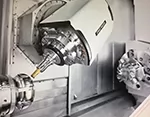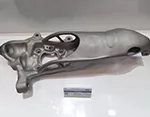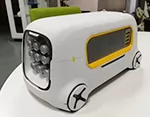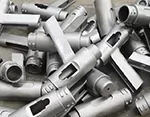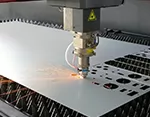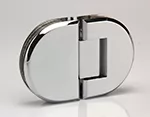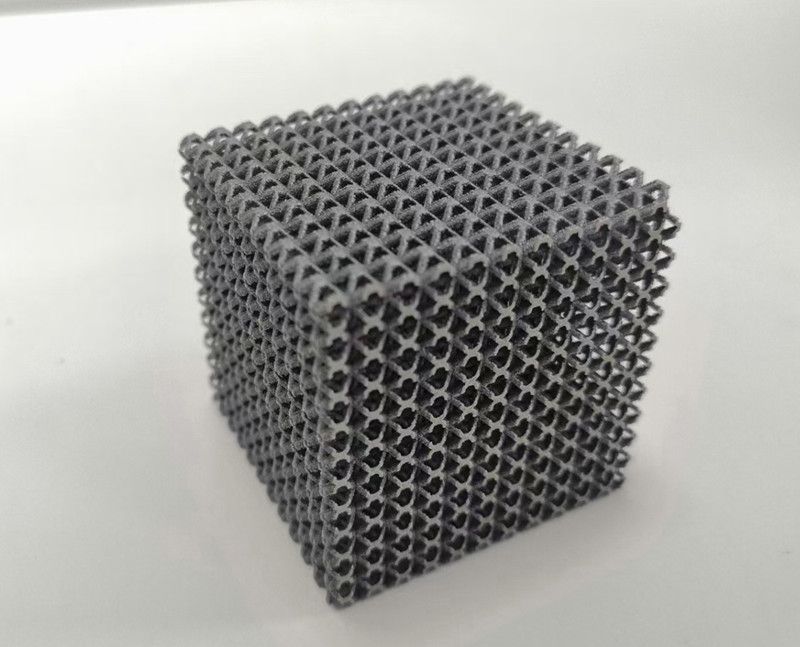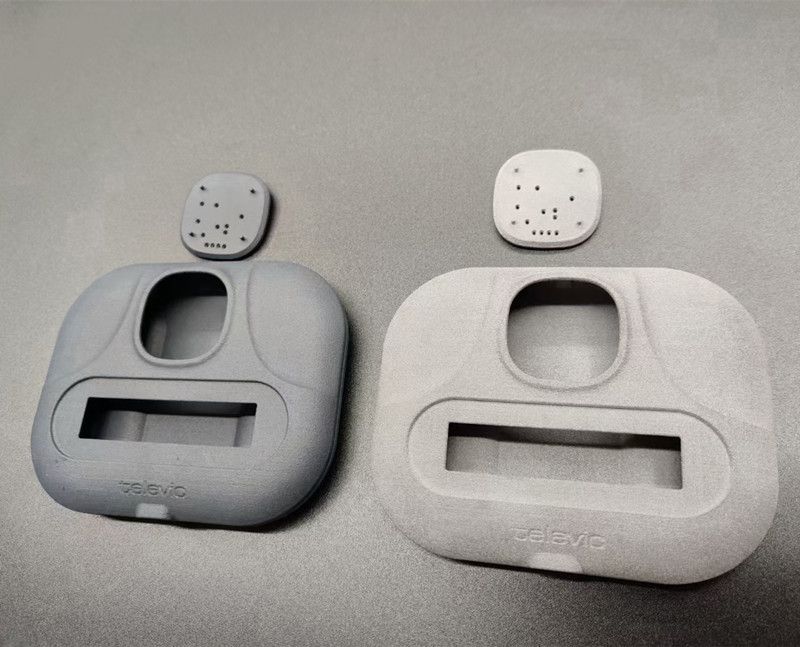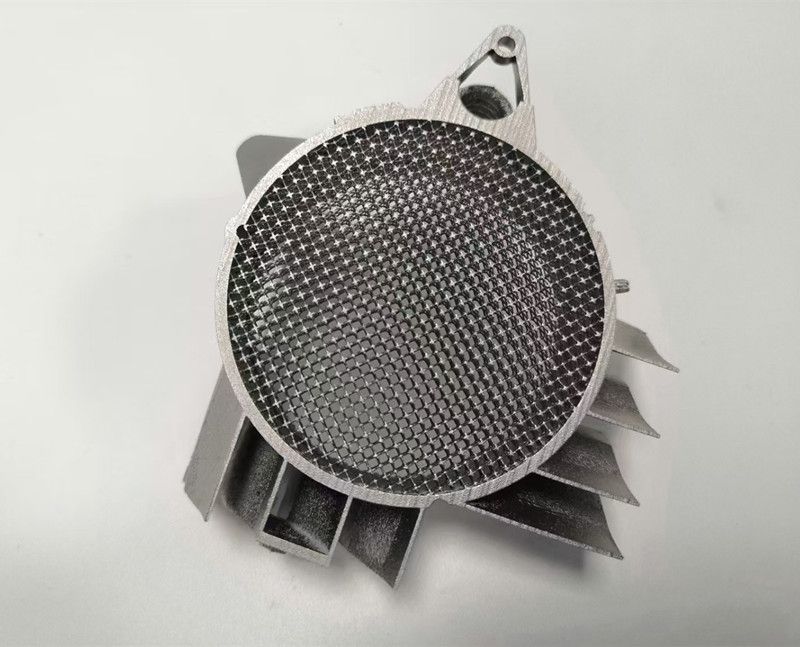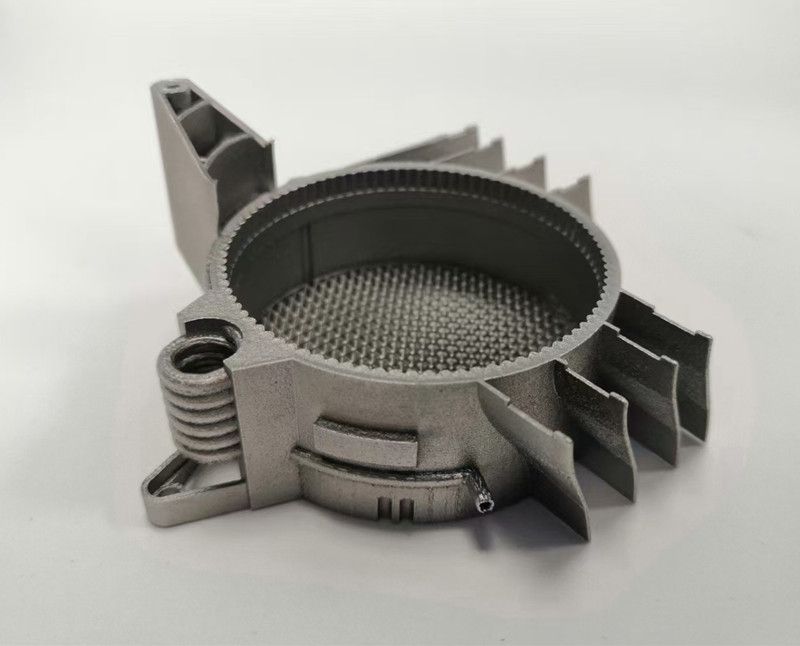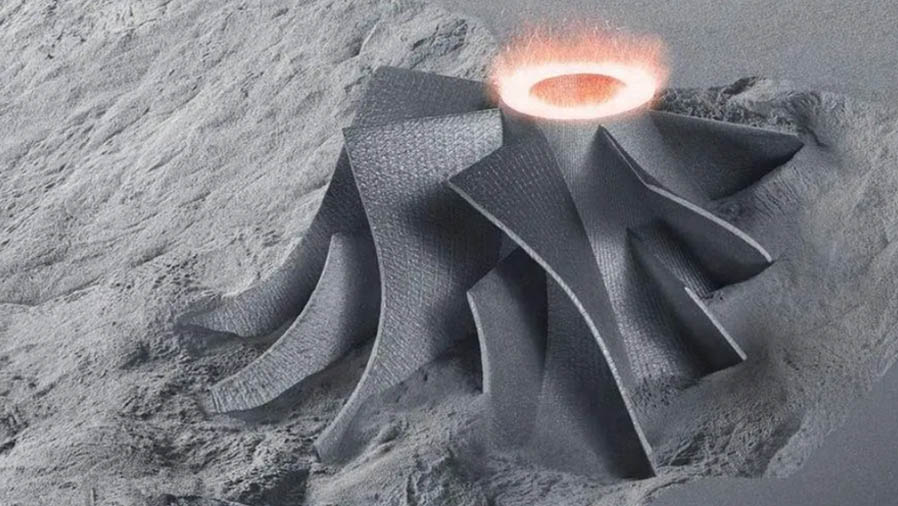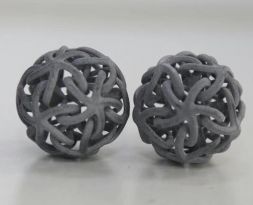-
Service
+
- CNC Precision Machining Service +
- Multi-Axis Simultaneous Machining Service +
- CNC Turning Service +
- Metal 3D Printing Service +
- Rapid Prototyping Service +
- Die Casting Service +
- Sheet Metal Fabrication Service +
-
Finish Serivces
+
- Polishing
- Grinding
- Brushed Finish
- Sand blasting
- Painting
- Powder Painting
- Anodizing
- Hard anodizing Service
- Passivation
- Zinc Plating
- Nickel Plating
- Chrome Plating
- Blackening
- Black Zinc Plating
- Teflon Coating
- Titanium Coating
- DLC Coating
- Laser Marking
- Silk Screen Printing
- Transfer Printing
- Micro Arc Oxidation
- Industries +
- About Us +
- Resource +
- Contact Us
- Quote

-
Service
-
>
-
>
-
>
-
>
-
>
-
>
-
>
-
>
-
- Industries
- About Us
- Resource
- Contact Us
A Brief History of SLS 3D Printing
Selective laser sintering (SLS) 3D printing is trusted by engineers and manufacturers in a variety of industries for its ability to produce powerful and functional parts.Selective laser sintering (SLS) 3D printing is trusted by engineers and manufacturers in a variety of industries for its ability to produce powerful and functional parts.
Selective laser sintering (SLS) 3D printing is trusted by engineers and manufacturers in a variety of industries for its ability to produce powerful and functional parts.
What is Selective Laser Sintering 3D Printing?
Selective laser sintering is an additive manufacturing (AM) technique that uses a high-powered laser to sinter small particles of polymer powder into a solid structure based on a 3D model.
SLS 3D printing has been a popular choice for engineers and manufacturers for decades. The low cost per part, high productivity, and proven materials make the technology ideal for a range of applications from rapid prototyping to low-volume, bridging, or custom manufacturing.
Recent advances in mechanics, materials, and software have made SLS printing available to a wider range of businesses, enabling more and more companies to use these tools that were previously limited to a handful of high-tech industries.
SLS
How SLS 3D printing works
Printing: The powder is dispersed in a thin layer on top of a platform within the build chamber. The printer preheats the powder to a temperature slightly below the melting point of the raw material, which makes it easier for the laser to raise the temperature in specific areas of the powder bed as it tracks the model to cure the part. The laser scans a cross-section of the 3D model, heating the powder to just below or just below the melting point of the material. This mechanically fuses the particles together to form a solid part.
The unfused powder supports the part during the printing process, eliminating the need for a dedicated support structure. The platform then drops one layer into the build chamber, typically between 50 and 200 microns, and the process is repeated for each layer until the part is complete.
Cooling: After printing, the build chamber needs to be cooled slightly inside the print housing and then outside the printer to ensure optimal mechanical properties and to avoid part warpage.
Post-processing: The finished part needs to be removed from the build chamber to separate and remove excess powder. The powder can be recycled and the printed part can be further post-processed by media blasting or media tumbling.
Since the unmelted powder supports the part during printing, no dedicated support structure is required. This makes SLS ideal for complex geometries, including internal features, undercuts, thin walls, and negative features.
Parts produced using SLS 3D printing have excellent mechanical properties and are similar in strength to injection molded parts.
A Brief History of SLS 3D Printing
Selective laser sintering was one of the first additive manufacturing technologies, developed by Dr. Carl Deckard and Dr. Joe Beaman of the University of Texas at Austin in the mid-1980s. Since then, their method has been applied to a wide range of materials, including plastics, metals, glass, ceramics, and various composite powders. Today, these techniques are collectively known as powder bed fusion - an additive manufacturing process by which heat selectively fuses various regions of a powder bed.
The two most common powder bed fusion systems today are plastic-based, commonly referred to as SLS, and metal-based, called direct metal laser sintering (DMLS) or selective laser melting (SLM). Until recently, both plastic and metal powder bed fusion systems were very expensive and complex, limiting their use to a small number of high-value or custom parts, such as aerospace components or medical devices.
Innovation in this field has recently surged, and plastic-based SLS is now poised to follow other 3D printing technologies such as stereolithography (SLA) and fused deposition modeling (FDM) in order to gain widespread adoption through accessible, compact systems.
Types of SLS 3D Printers
All selective laser sintering 3D printers are built around the process described in the previous section. The main differences are the type of laser, the size of the build volume, and the complexity of the system. Different machines use different solutions for temperature control, power distribution, and layer deposition.
Selective laser sintering requires high precision and tight control throughout the printing process. The temperature of the powder and (incomplete) part must be controlled to within 2°C during the three stages of preheating, sintering, and storage before removal to minimize warpage, stress, and heat-induced deformation.
If you want to get more information about SLS 3D Printing, welcome to contact us today or request a quote.

